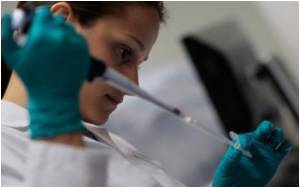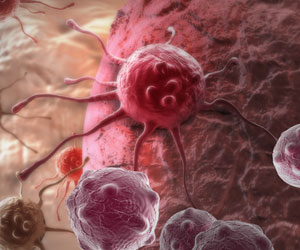A new specific marker for cancer stem cells: riboflavin, or vitamin B2, a pigment that emits green fluorescence as a result of its accumulation inside intracellular vesicles has been discovered.

"The discovery of this new marker is a breakthrough, as it can select for tumour stem cells, which are the most invasive and chemical-resistant cancer cells. Autofluorescence allows these cells to be tracked in an easy, simple and inexpensive way, as well as to study the origin of the tumours' chemical resistance," states Irene Miranda, the article's first author.
"Normally, we only see the leaves of the tree represented by tumours, but we cannot make out the roots [the cancer stem cells], which are the true responsible parties for the progression and growth of tumours," illustrates Miranda.
Cells shining, thanks to a vitamin
The discovery −which was carried out in several types of tumours, including samples from patients with pancreas, liver, colon and lung cancer− raises a question: why do tumour stem cells accumulate vitamin B2?
In the article, researchers show that this is due to an increase in ABCG2, the protein responsible for the transport of vitamin B2 into intracellular vesicles, conferring luminosity to the cells. The factors behind this phenomenon are yet to be determined.
Advertisement
Source-Eurekalert









